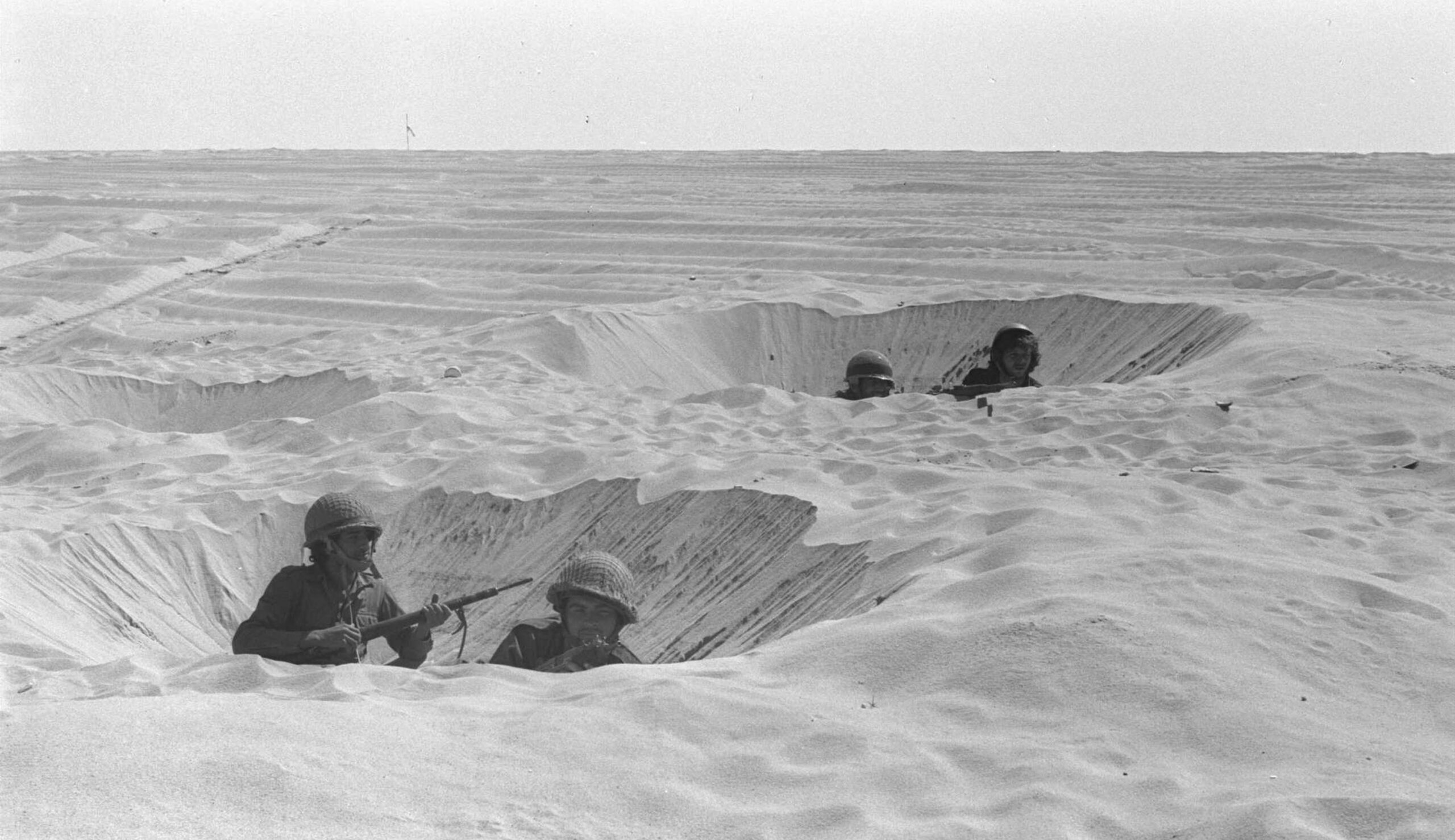From about the 8th century BCE—the time of the prophet Isaiah—onward, archaeologists studying the Land of Israel can draw on a relatively rich record of artifacts and inscriptions. But from the period corresponding to that of the biblical book of Judges—which takes place between Joshua’s conquest of Canaan and the time of King Saul, or around the 12th and 11th centuries BCE—only a handful of inscriptions have been found. Thus the recent discovery of a potsherd dated to circa 1050 BCE, with a single word written on it, was monumental. Amanda Borschel-Dan writes:
The painted pottery . . . was written in Early Alphabetic or Canaanite script, evidence of which has been found throughout Egypt and the Levant. The earliest object bearing the paleo-Hebrew script, [used by ancient Israelites during the First Temple period, before it was in turn replaced by the Hebrew alphabet used today], come much later, dating to the 9th century BCE.
According to a cross-institutional team of archaeologists and epigraphers, the partial inscription, painted on three pottery sherds from an incomplete small vessel, is most logically read as “Jerubbaal” or “Yeruba’al,” which was the nickname of the biblical judge Gideon, son of Joash, who was active in the northern parts of the Land of Israel during this era.
The inscription was discovered at the Khirbet el-Rai site, located between Kiryat Gat and Lachish, about 43 miles southwest of Jerusalem. . . . As tempting as it would be to connect the dots between the biblical judge Gideon and the name painted on this jug, the Khirbet el-Rai archaeologists freely acknowledge in the press release that “the name of the judge Gideon son of Joash was Jerubbaal, but we cannot tell whether he owned the vessel on which the inscription is written in ink.”
More about: Ancient Israel, Archaeology, Book of Judges, Hebrew alphabet, Hebrew Bible


